Every town has its unique beauty, making it different from others. The magic of Bulgaria’s Nessebar is not only in the fact that it is surrounded by sea and only a narrow strip, called the "isthmus", connects it with mainland, nor in the cobbled narrow streets and ancient architecture. The ancient town used to be called the ‘Christ-loving town in the past and today when one is entering Nessebar, they are welcomed by the statue of St. Nicholas the Wonderworker from the south side while a large white cross rises above the northern fishing port.
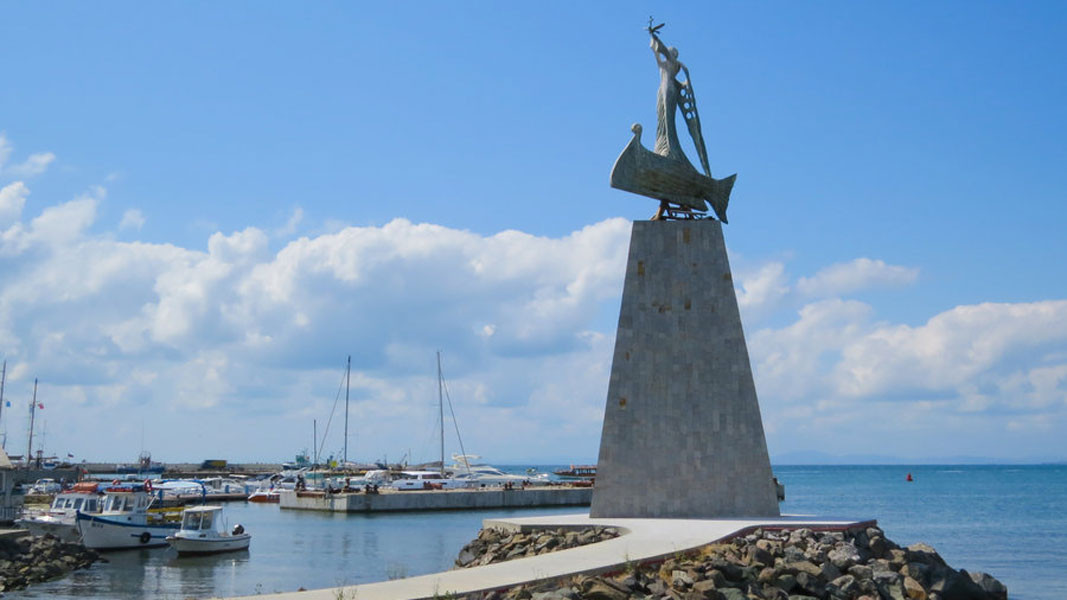
In the Old Town, ruins of 12 ancient and medieval churches can now be seen and it is believed that the town once had a basilica, a bishopric, more than 40 churches, chapels, as well as monasteries in the vicinity that were once home of monks, followers of Hesychasm.
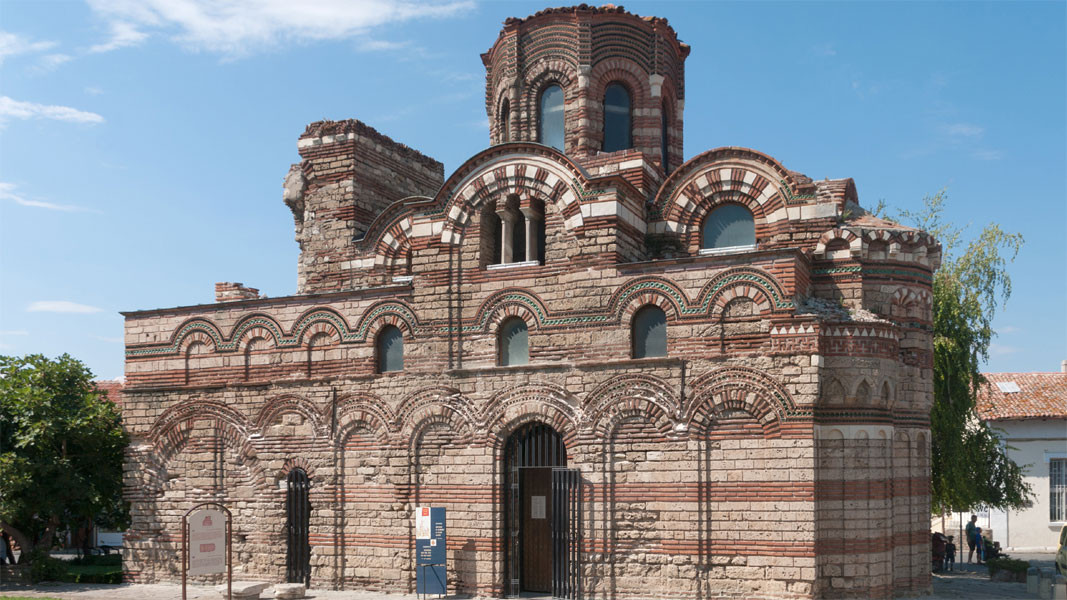
Messembria, which is the old name of Nessebar, was a city-state for a long time and seems to be still living its own life even today. The only active church is the Assumption of Mary, completed in the late 19th century when the town was within the borders of Eastern Rumelia.

In addition to rich ornaments, beautiful frescoes and icons, a priest’s throne decorated with woodcarving (with realistically depicted fish and lions), and the balcony are also very impressive in the church. In few Orthodox churches such balconies exist and they are designed for a women's section to the church or the church choir.

At the end of the church service on Good Friday, local people with a soloist of their choice climb the wooden staircase to the balcony and perform the last chant of "Lord’s Funeral", which they call "Song of the Generations." Previously, the priests had sung the first two chant next to the linen, symbolizing the cloth that covered the body of Christ. In most Orthodox churches, when the cloth is brought out, believers walk around the church with lighted candles following the priests in a symbolic mourning procession. On the Nessebar peninsula, 850 meters long and 300 meters wide, Christians walk around the town itself. This is the saddest moment for all Christians as Christ had to suffer incredible pain and was crucified as a criminal. After the end of the service people are going back home saddened, as after a funeral.
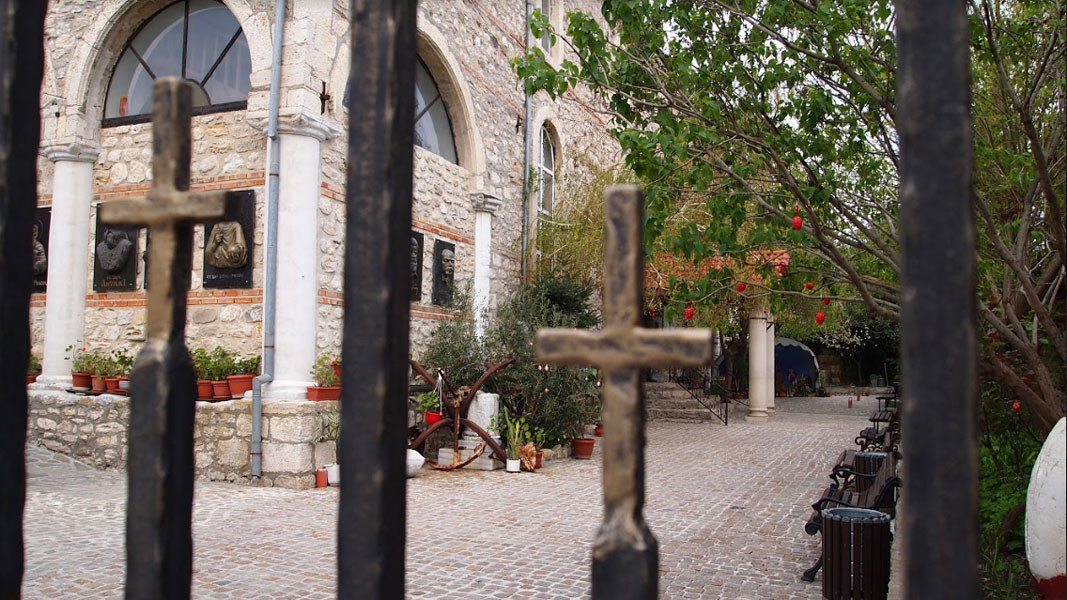
Eggs are decorated early the next day if this is had not been done on Maundy Thursday. In the morning of Holy Saturday a liturgy is served, before people again all gather in the church at 23 o'clock to wait for the Resurrection. At midnight all are in front of the church, waiting for the Great Event. With the news of the Resurrection and the arrival of the Holy Fire and the lights of the church started shining solemnly. Before the priest brings the fire inside, he knocks at the gates with the words, "Open the door of heaven for the Glorious King?." People inside reply: "Who is the Glorious King?" This happens three times before the church door opens and everybody start sing “Christ is Risen.” That is how the actual Easter Liturgy starts, which is the only evening liturgy in Orthodox Christianity, and lasts for about two to three hours.
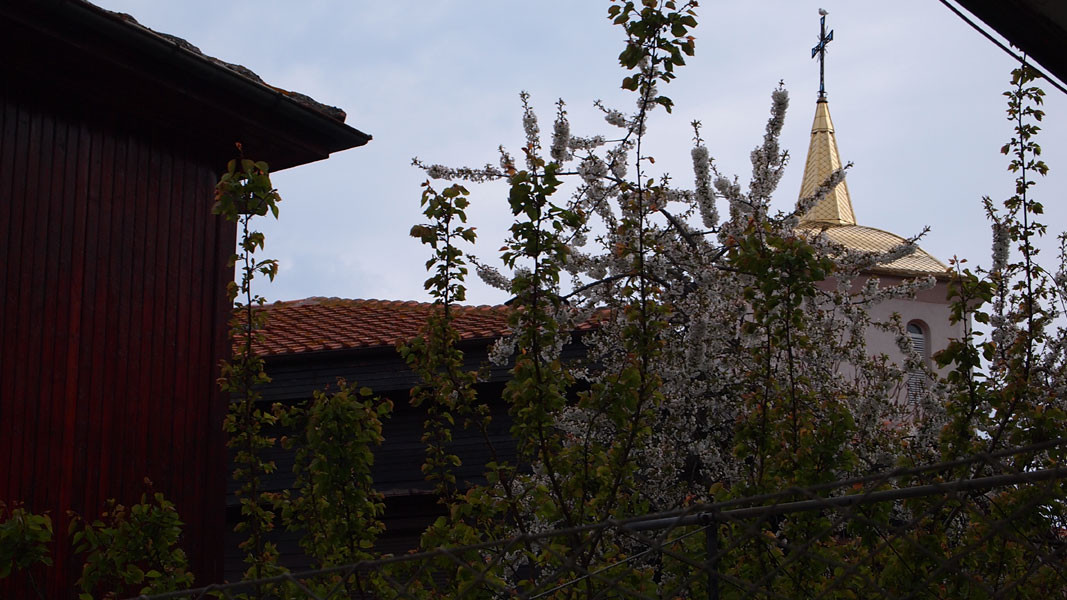
After the liturgy, people can at last taste the Easter bread and the eggs they had prepared. They greet each other with "Christos Voskerese" (Christ is risen), "Christos Anesti" is also heard, since settlers from Nea Mesemvria (Greece) traditionally visit Old Nessebar for the holiday. Actually many tourists from all over the world arrive to the town for Easter.
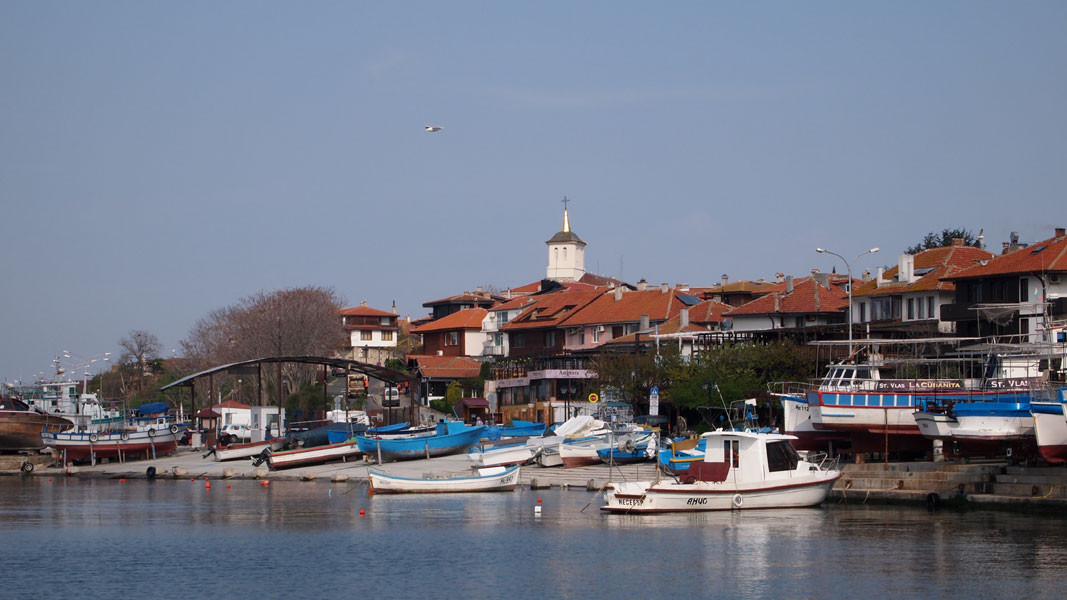
Finally, after service, people take the Holy Fire to their homes. At the front door a cross is drawn with the burning candle before it is brought inside. This is the way citizens of Nessebar celebrate the biggest Christian holiday – Easter.
English: Alexander Markov
Photos: Ekaterina Ivanova and archive8 November is celebrated as the Feast of Saint Michael the Archangel. According to church legend, Archangel Michael commands the whole army of angels in the fight against the forces of darkness, and during the second coming of the Son of God, he will..
In today’s world, where material values overshadow the spiritual, reflections on the salvation of souls somehow remain in the background. The constant race against time and the stream of daily tasks muffle the voice of the soul, which struggles to..
In 1018, after half a century of struggle, the First Bulgarian Empire was conquered by Byzantium. Despite the many uprisings of the Bulgarians, the power of Constantinople lasted for nearly two centuries. In the autumn of 1185 or the..
8 November is celebrated as the Feast of Saint Michael the Archangel. According to church legend, Archangel Michael commands the whole army of angels in..

+359 2 9336 661
